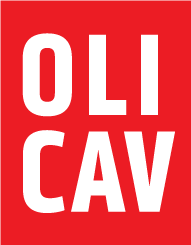"What do you think of this? Did I get that bit right? What if I reduced it down further by…? Are the main points sufficiently clear? These are the sorts of questions I kept asking the Learning Scientists (aka Dr Megan Sumeracki and Dr Yana Weinstein ) while I was illustrating their writing of the book Understanding How We Learn (Routledge).
We've been collaborating for a couple of years now so they were used to my constant need to confirm my own understanding. Our previous work in creating posters and PowerPoint slides on their selected top six learning strategies had established a relaxed working relationship. As I could ask as many questions as I wanted until I understood, it meant I was privileged to receive what amounts to personalised seminars by two of our leading cognitive scientists.
I'd long realised that while one can bluff one's way with elaborate and elegant prose, drawing provided no such camouflage for not understanding. Cognitive scientists Logan Fiorella and Richard E. Mayer in their 2015 book Learning As A Generative Activity (Cambridge) provide interesting commentaries on a number of research studies that demonstrate this phenomenon in the classroom. I had learned it was the same outside the classroom too.
This was especially true when I tried to capture visually what exactly happened in some of the selected studies. I admit to being pretty naive when it comes to research design but reckoned I ought to be able to clarify the behavioural components of the subjects under scrutiny — who does what, under which conditions, for how long, and so on. When I showed Megan a number of early versions it was immediately apparent to her what I had misunderstood. Tweak by tweak, we arrived at an image that was true to the descriptions of the study.
Through the technology of Skype, email and a productivity app, we were able to work in this way across continents. But only through a trusting working relationship could we work so effectively across the terrain of developing understanding — which is pretty apt given the title of the book.
In further posts on the book, I'll explain how
• editorial design (how newspapers and magazines are planned) influenced the format of the book and supported easier navigation for the reader
• I managed to create 90+ icons, all related in different ways to cognitive psychology
• the visual summaries of research studies were arrived at and eventually looked.

